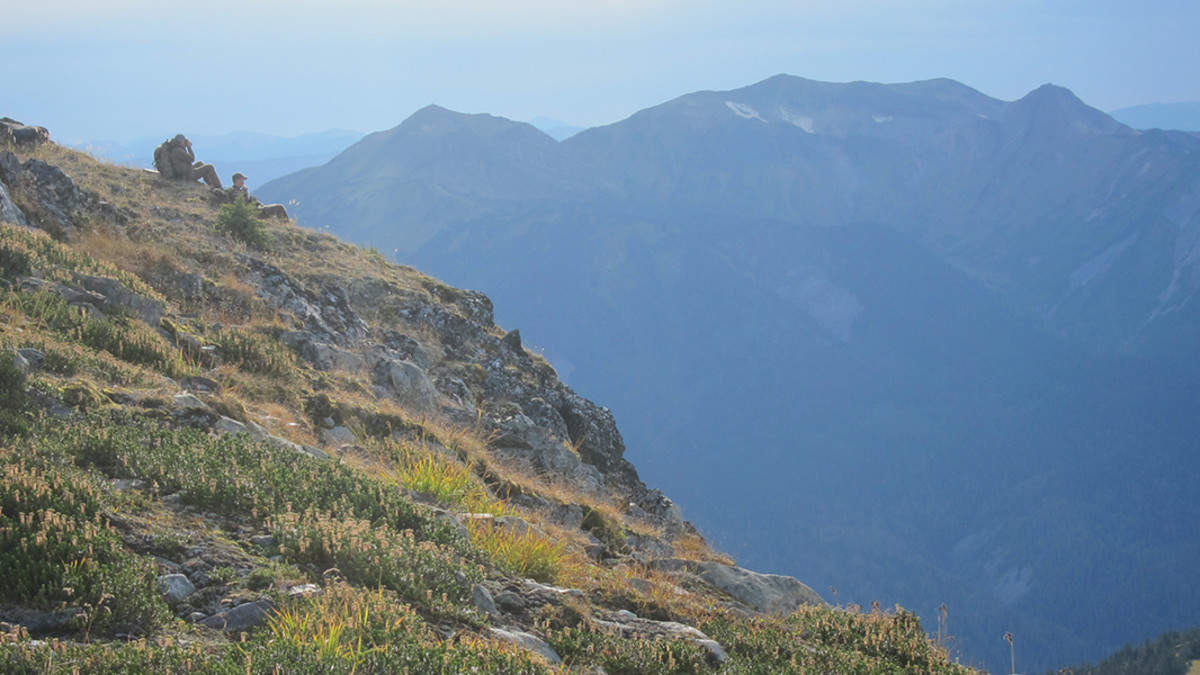
Spot and stalk hunting is easily the most rigorous and demanding form of big game hunting. The method is well suited to open or semi-open spaces, where a hunter can locate his prey at a distance before stalking into effective killing distance without alarming the animal.
The spot-and-stalk method is as applicable to a Dall sheep hunter who’s looking at a ram on the top of a mountain that’s three miles away as it is for a Florida hog hunter who needs to crawl across a hundred yards of open pasture in order to get within bow range of a boar.
Beyond the unadulterated excitement that comes from stalking big-game, the spot-and-stalk method gives you a number of tactical advantages over the less disciplined approach of just wandering around with a gun in hopes of kicking something up.
Eyes First, Feet Second
For starters, spot-and-stalk hunting lets you cover ground with your eyes instead of your feet, sometimes more ground in a glance than you’d be able to cover in a lifetime of tree-stand hunting in thick timber. By perching yourself on prominent lookout points, you can cover all manner of habitat types and travel corridors without having to commit to a particular location until after you’ve found your quarry.
Another benefit of spot and stalk hunting is that it gives you a chance to accurately judge animals from a distance before you’re absolutely obligated to make that decision about whether or not you want to shoot. When most hunters hear the term field judging, they immediately think of trophy hunters trying to gauge the record-book quality of a particular animal before they kill it. But trophy status is hardly the only piece of information that comes from field judging.
Optical Inspection
Many states have rules and restrictions that govern which animals of a species can be taken, and these are based on management strategies meant to ensure healthy and stable populations of game. In California, for instance, the harvest of spike-horn deer is illegal, even if you hold a tag that’s valid for antlered deer. In much of Alaska, you cannot kill a moose unless the animal has at least four brow tines on one antler or a minimum antler spread of 50 inches. When hunting bears, it’s strictly illegal to kill a sow with cubs.
All of these distinctions can be difficult to make, especially when you’re looking at a half-spooked animal through a veil of thick brush and you’ve only got a second or two to determine its legality before it bounds away. In short, making snap decisions when hunting can lead to serious ethical and legal trouble. Spot and stalk hunting helps alleviate the risk.





